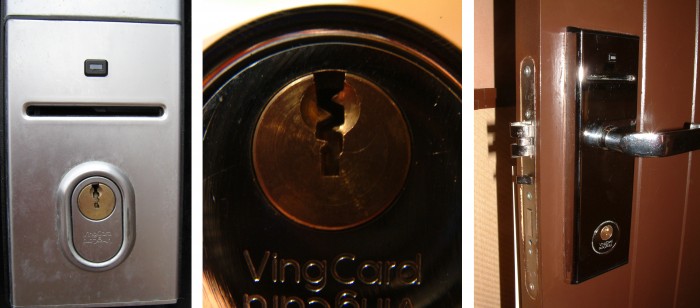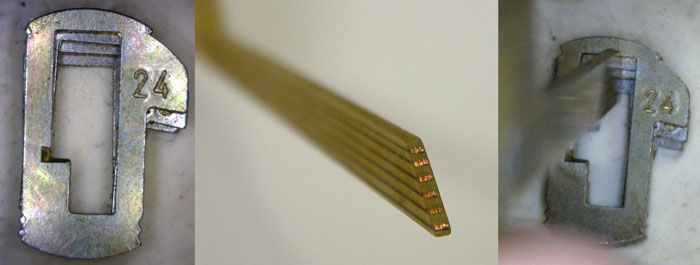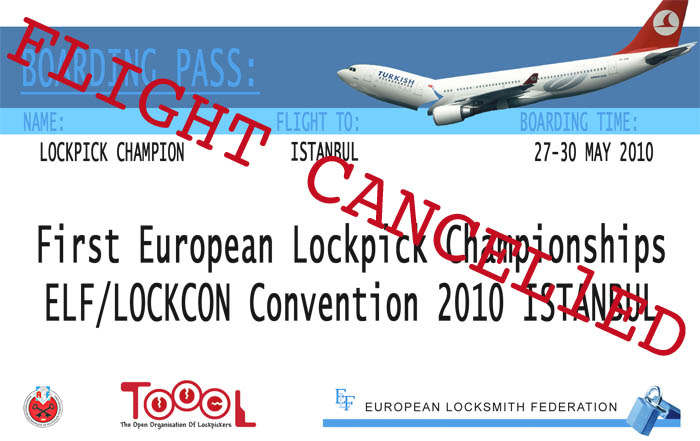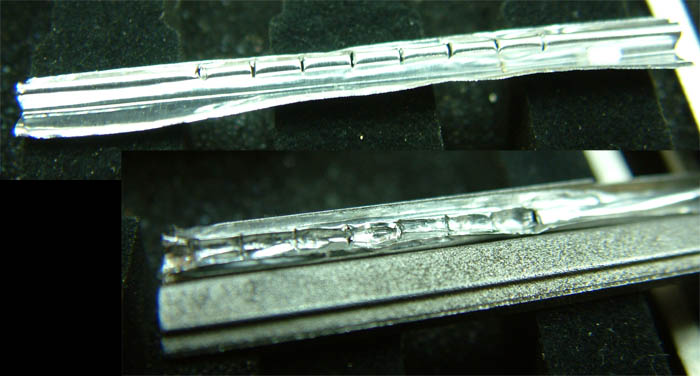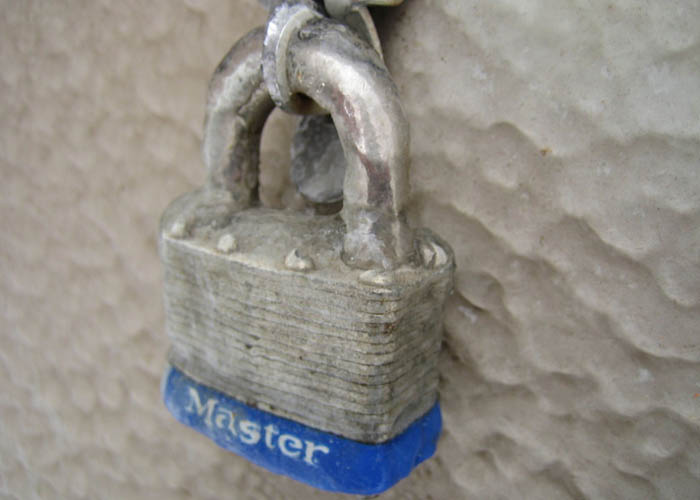As always we are organizing our yearly LockCon. On the Toool website you can always read the latest news about it (http://toool.nl/LockCon)
If you are interested in attending, or want to give a presentation or lecture please let us know. The call for papers is officially open until June 10 and we still have room for interesting talks. Before the end of June we will come out with the complete program.
Here is the first information about LockCon 2010 in FAQ style ….
Q: What is LockCon?
A: LockCon is an international conference about … locks. Although we are modest people (ahum), LockCon is hosting some pretty innovative and unique presentations. (And we would like to hear from you if you have an interesting lecture you want to give). Besides these high quality presentations, there will be championships in lockpicking, impressioning and possibly (if time allows) safe combo-lock manipulation. One important issue about LockCon is that it is a place where creative energy flows and you can make friends for life (and an occasional enemy). It is the place where top lockpickers meet one another, and contacts are made between lockpickers and the lock industry. In other words: it is a unique event. To give you an idea read here about previous events.
Q: When will LockCon be held this year?
A: The weekend of October 8-9-10. This will allow international visitors to also visit the famous Security show in Essen Germany October 5-8 and come to LockCon when the show in Essen is over.
Q: Where will LockCon be held?
A: The location for this event is the StayOkay youth hostel in Sneek (Friesland) in the Netherlands (youtube video). This has been the home for many years now for LockCon and is a perfect location for an event like this.
Q: Who will attend LockCon?
A: A lot of interesting people. There will be lockpickers, safe technicians, locksmiths, 24-hour opening services, lock manufacturers, lock tool manufacturers, hackers, members of the law enforcement community, spies and an occasional beautiful girl. And a pretty big number of them will be overseas visitors.
Q: How Much is the entrance fee for LockCon?
A: The ‘full event’ price is €125 for three days. This price includes three dinners, two breakfasts, two lunches and two overnights in the hostel. It also includes drinks, beer, wine etc and a basic supply of snacks. Visitors who only visit one day will pay €65.
Q: Wow, where do I sign in?
A: Not so fast. LockCon is an ‘invitation only’ party for the locksport community. It is open for members of Toool.NL, Toool.US and SSDeV, but we reserve the right to deny people even if they are member of these organisations. If you are a member of another well respected locksport organisation there is a good chance you are welcome as well. If you are non of the above, you will need to find someone to introduce you and hope there is place left. We have set the maximum number of attendees to one hundred. For this event we have reserved ten to fifteen seats for people we never met before. If you think you have something to contribute, or just are a very enthusiast lockpicker that does not have the right connections yet, please mail us anyway. We are open to interesting people and might be able to work something out. Just give it a try, you might get lucky 🙂 Mail registration@lockcon.com to register or for more information.
Q: So what’s the exact schedule?
A:Please keep in mind that LockCon is a very dynamic event and not everybody has submitted their presentation(s) yet. What we know now is that Peter Field will give a presentation (most likely on Saturday) and there will be championships in Lockpicking, Impressioning and (if time permits) combination safe manipulation.
Below is roughly what we have in mind, but things can still change. It all depends on the number of presentations we get offered from the community.
Friday October 8
People are requested not to arrive before 13:00 and a toool.nl representative will be present at the hostel from 16:00 on to greet the guests and assign them a room. 19:00 Dinner will be served a little late because some of the attendees will be arriving from the security show in Essen. People arriving after 20:00 will not be served dinner! At 21:00 we will officially kick off with the first presentation(s).
Saturday October 9 2010
08:00-09:20 Breakfast 09:30-12:30 A presentation by Peter Field.
People who were fortunate enough to see Mr. Field’s presentation last years know his unique way of presenting things: he combines patent drawings with very detailed images. We are honored to have him as a speaker again, and are real curious what kind of exotic locking techniques he will display this time. Since Mr. Field is a member of the lock industry (Medeco), he will not discuss any opening techniques. As he told us previous years: “I am here to talk about locks. How to open them is up to you ….”. Lets see if he can break his previous record of a five hour presentation! 12:30-13:30 Lunch
13:30-15:00 Peter Field presentation part II, hopefully with some room for questions.
15:15-18:00 Impressioning championships. Most likely according to new rules. Impressioning is the fine art of opening a lock by filing a key from a blank. It is an ancient technique that still works on an amazing number of (high security) locks. Besides an old-school locksmith skill it is a technique still in use today by intelligence agencies worldwide for their blackbag operational needs. The championships speak for themselves: who will be the fastest filing a working key this year?
18:00-19:00 Dinner 20:00 More presentations
Sunday October 10 2010
08:00-09:30 Breakfast 10:30-12:30 First round of Dutch Open lockpick championships 12:30-13:30 Lunch 13:30-15:00 Follow up Dutch Open lockpick championships and finals 15:15-16:00 Award ceremony The closing ceremony and distribution of the prices for the Dutch Open lockpick championships, the impressioning championships, the safe combination-lock manipulation contest and the Toool 2010 ongoing lock competition. More updates to this schedule and other information will follow soon. Please keep checking this space for further updates.
Q: I thought I heard LockCon will be held in Turkey this year?
A: That was the idea. We were invited by the president of the Turkish chapter of the ELF to organize our event in Turkey. They even promised us some sponsoring to get the locksport community to Turkey. Unfortunately the Turkish backed out of the deal after we fulfilled our obligations, blaming the crisis for not being able to organize the funds. We know from other sources this is not the full story and it just proves that the locksmith community is not ready for this … but all it will take is just a little more time. If there ever will be a next time we will make sure to ask a big downpayment 🙂 Fortunately we have the word of one of the sponsors that he will personally take care of the promises/costs that were made.
We are highly motivated to make this the best LockCon everrrrrr ….


